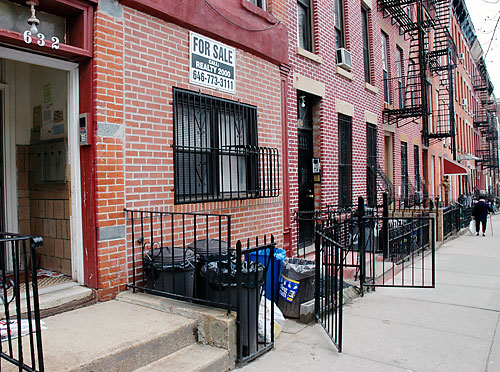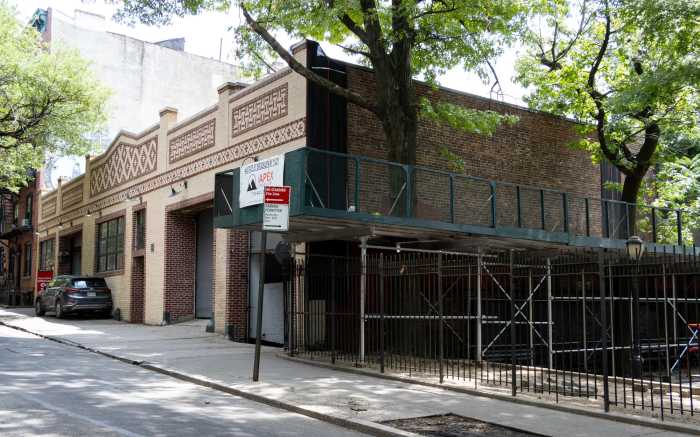Brooklyn is for sale — but nobody is buying.
The collapsing economy is being blamed for a 35-percent drop in the number of properties sold in the borough’s once-booming housing market in the first quarter of this year compared to the last part of 2008.
Worse, the first quarter of 2009 is off 57 percent compared to the first quarter of 2008.
The bad news — contained in a new report from the real-estate consulting firm Miller Samuel, which conducted the study for the Prudential Douglas Elliman real-estate firm — follows a trend that started last year, when the economy imploded, mostly because of a housing market bust.
The new report shows that sales plunged in all property types and extended from neighborhoods like Williamsburg and Greenpoint (which reported a 40.8-percent decline in sales compared to the previous quarter), the Brownstone Belt (where the number of sales plunged 46.7 percent compared to the previous quarter), and Bay Ridge (which logged a 32.3-percent fall in sales compared to the previous quarter).
The drop in sales was caused in part by unrealistic asking prices, according to researchers.
“Sellers are significantly behind the market,” said Jonathan Miller, president of Miller Samuel. “They are looking at the last high water mark in their building or in their neighborhood and pricing at that point, but the market has changed quite a bit over the past year or year and a half and there is a real disconnect.”
Broker Allen Barcelon who specializes in Boerum Hill — a neighborhood where the number of sales dropped by 56.3 percent compared to the previous quarter — agreed that the price tags are a big part of the problem.
“People are pricing them wrong — there has to be a drastic reduction in asking prices,” said Barcelon, who urged sellers to ask for 15 percent less than estimated pre-crash property values (though, obviously, few are eager to do that). “And you better clean it, paint it, and make it look beautiful if you want it to sell.”
The drop in the number of sales was coupled with declines in sales prices compared to the previous quarter, with plunges of 20.2 percent in brownstones and 11.5 percent in North Brooklyn condos — two markets that insiders predicted would weather the storm.
The borough’s real-estate experts weren’t afraid to pin some of the blame on the contracting credit market.
“The problem is that the mortgage environment is so brutal right now,” said broker Chris Havens. “The banks lent too much, now they are lending too little.”
Looser lending might not bring the housing market back to its peak, but it could result in more closures, according to Havens.
“There are definitely more customers than sales — and there is certainly a lot of product out there,” he noted.
Unfortunately for sellers, the market’s recovery might remain a long way off.
Researchers did observe an increase in sales towards the end of the quarter, but they tempered any optimism by linking the upswing to the housing market’s traditional spring uptick. Next quarter’s report will show whether this year’s uptick was stronger or weaker than previous years’.

























